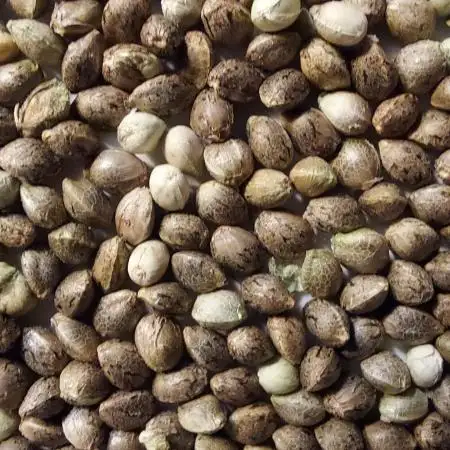The Grow Awards 2026 🏆
Lumatek 600pro
FiFi_Rstarted grow question 2y ago
Hello, Lumatek zeus600pro, 11L pot size, how many autoflowerings plants can i put under one lights with small LST, 16? Maybe 20? And what shoudl be the distance between plants on weg and flo? Thanks from new in game :)
Open
likes
Answer
00110001001001111Oanswered grow question 2y ago
As many pots as you can fit in under the max area of coverage, while applying common sense about typical plant size that results. Autos vary wildly in size, so that's a guess nobody can answer in a specific way. Depends on the size of the plants you grow and with autos you dont control that too much -- could use small pots to limit size to something more consistent, i guess?
30-33 sq ft of potential coverage when operating 18 hours per day with that "pro" light (not the lesser versions of the zeus light) -- physical limitations of area or tent may affect being able to do that appropriately, but it produces enough umol/s of PAR to cover 30-33 sq ft over 18 hours for 35-40 DLI. Smaller areas will need to reduce from 100% power, all other factors the same.
Read up on DLI - daily light integral. this is what matters, not hours of operation by itself or umol/s of PAR by itself. It is a rate of photons produced multiplied by time that matters as far as resulting yields and providing "enough or max" light. Get the gist, the math isn't necessary. you can reference DLI tables that do the math for you.
35-40 DLI calculated from total power of the light is a good target for typical 16-20" hanging distnaces. Hanging it further from light tends to be more wasteful with photons and you may need a little more. A further hanging distance also means light intensity stays higher deeper into canopy (mathematical certainty, not "bruh science"). so, it's not all bad or all good, just is that way. This suggestion of 35-40DLI is probably slightly skewed high, fwiw. Always better to have 5-10% too much than too little. Might need shoot for 40-42DLI from 30"+ hanging distnace or some shit like that.
Trial and error is needed. Local variables are not all the same - even ambient co2 will vary in your home vs someone elses. These numbers will get you within 1-2" or 5-10% power of what you need more times than not. Resulting vpd will impact just how much light a plant can handle too, but co2 is the biggest factor.
1 like
Complain
Mooncatanswered grow question 2y ago
Look up See of Green Method (SoG) and Lollipopping
1 like
Complain


